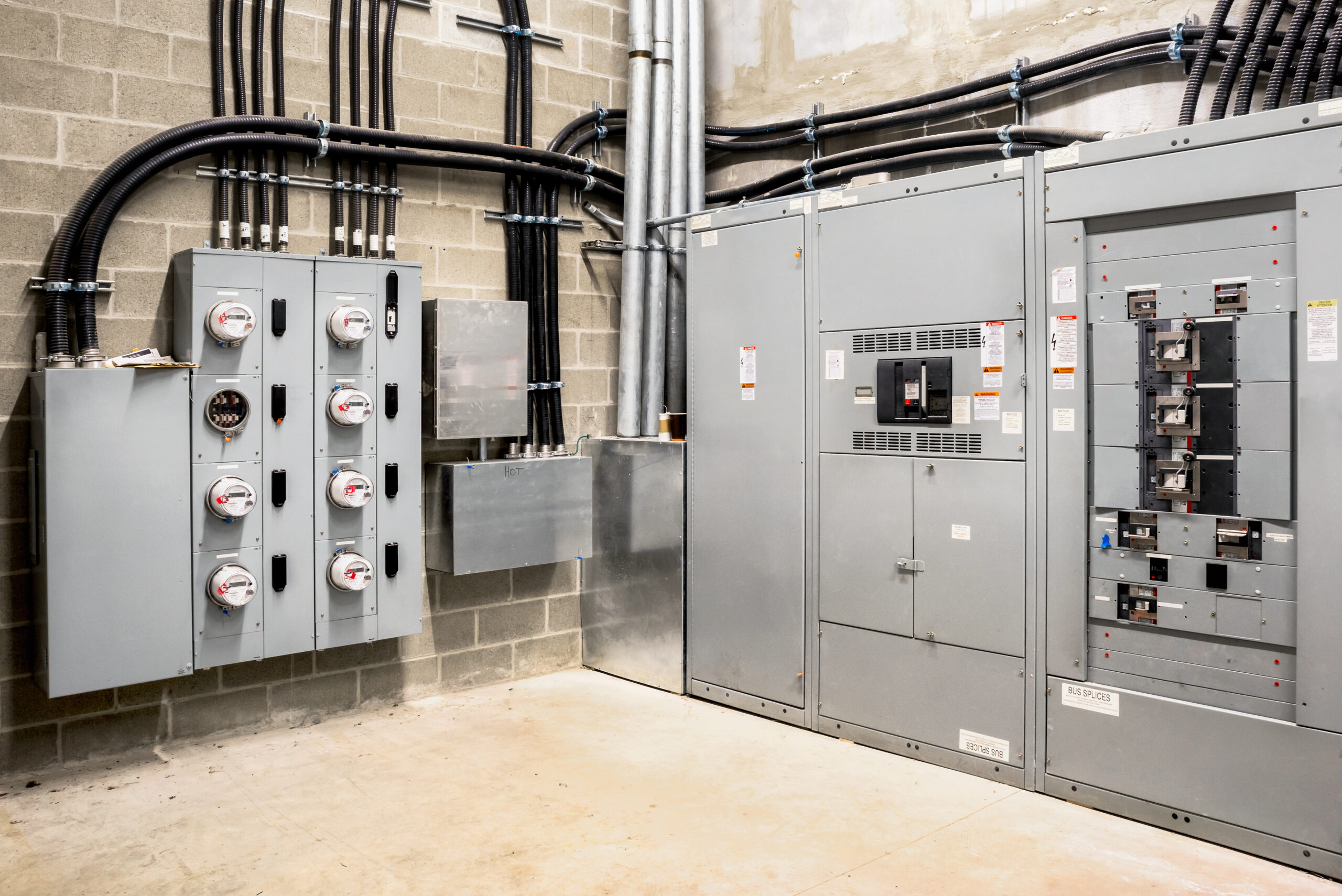Industries

Power Generation
The power generation industry, including coal, natural gas, hydro, solar, wind, and nuclear, has some of the most vigorous electrical preventative maintenance requirements in the electrical maintenance industry. Certain critical systems, such as isophase and segmented busbar systems, leave the power generation industry extremely vulnerable due to inaccessibility issues. These systems are the only critical components that usually have no design redundancy. The internal components of isophase busbar systems are impossible to inspect under load because they do not have covers over each joint that can be easily removed. Electrical Maintenance Safety Devices (EMSDs) such as FlexIR range of product lines are extremely useful in helping asset owners identify issues before outages, allowing for more efficient outage planning and prioritization of needed repairs.

Marine, Maritime and Offshore
Electrical safety compliance for marine, maritime & offshore workers is a maze of regulations. In 2006, OSHA’s Shipyard Employment clarified the importance of electrical safety for Maritime workers. This industry is also characterized by temperature extremes, high humidity, continuous vibration and high-duty cycles. The IRISS family of Electrical Maintenance Safety Devices (EMSDs) includes the DNV, Lloyds & ABS certified, industrial-grade infrared (IR) windows that are capable of meeting OSHA’s, SOLAS’ (Safety of Life at Sea) and NFPA’s standards for arc flash safety. All IRISS IR windows are compatible with all brands of thermal imaging cameras commonly used in marine, maritime, and offshore environments to identify electrical and mechanical faults.

Processing and Manufacturing
Processing plants and manufacturing facilities suffer significant financial losses due to the failure of critical electrical assets, even from brief downtimes. Predictive and preventive maintenance tools are crucial for real-time asset monitoring to avoid such losses. Compliance with electrical safety standards is also essential. These industries often face extreme temperatures, humidity, continuous vibration, and high-duty cycles. IRISS’s Electrical Maintenance Safety Devices (EMSDs) include infrared (IR) windows, adhering to OSHA and NFPA standards for arc flash safety. These IR windows are compatible with all major thermal imaging cameras used in these facilities for fault detection.

Government
As an internationally recognized and government-approved equipment manufacturer, IRISS has supplied electrical maintenance solutions for local, state and federal entities. Power reliability and electrical safety compliance are essential for the success and stability of the government and its various programs. The IRISS family of Electrical Maintenance Safety Devices (EMSDs) includes industrial-grade infrared (IR) windows that are capable of meeting OSHA’s and NFPA’s standards for arc flash safety. All IRISS IR windows are compatible with all brands of thermal imaging cameras commonly used in the government sector to identify electrical and mechanical faults.

Commercial
Electricity is essential for the operation and success of commercial buildings. Ease of Retrofit installation is equally important to green field construction, and IRISS offers energy-efficient and cost-saving solutions applicable to both scenarios. Electrical safety compliance for commercial electrical workers is a maze of regulations and challenges. The IRISS family of Electrical Maintenance Safety Devices (EMSDs) includes industrial-grade infrared (IR) windows that are capable of meeting OSHA’s and NFPA’s standards for arc flash safety. All IRISS IR windows are compatible with all brands of thermal imaging cameras commonly used in the commercial sector to identify electrical and mechanical faults.

Mining, Minerals and Metals
Mines provide the critical raw materials needed by our agricultural and manufacturing sectors. The first-level metal processing facilities, including ore processing, smelting operations, steel, copper, and aluminum mills, and casting and forging facilities, all use huge amounts of electricity to power the process equipment. The environmental conditions in these facilities can be severe and require robust equipment solutions. Airborne contaminants are always a concern, and electrical infrastructure should be inspected at regular intervals. In addition, mining operations are governed by MSHA safety rules, which are even more strict than OSHA guidelines.

Original Equipment Manufacture
Original Equipment Manufacturers (OEMs) must provide modern technology and solutions to ensure customer satisfaction, business growth and profitability in our rapidly growing, competitive market. Electrical safety compliance for workers is a maze of regulations. Additionally, electrical assets are affected by temperature extremes, high humidity, continuous vibration and high duty cycles. Customers count on the expertise of OEMs to provide the modern tools and resources available to extend the performance and lifespan of these critical, high-value electrical assets. The IRISS family of Electrical Maintenance Safety Devices (EMSDs) has a long history of protecting the critical assets OEMs produce and includes the industrial-grade infrared (IR) windows that are capable of meeting OSHA’s and NFPA’s standards for arc flash safety. All IRISS IR windows are compatible with all brands of thermal imaging cameras commonly used to identify electrical and mechanical faults.